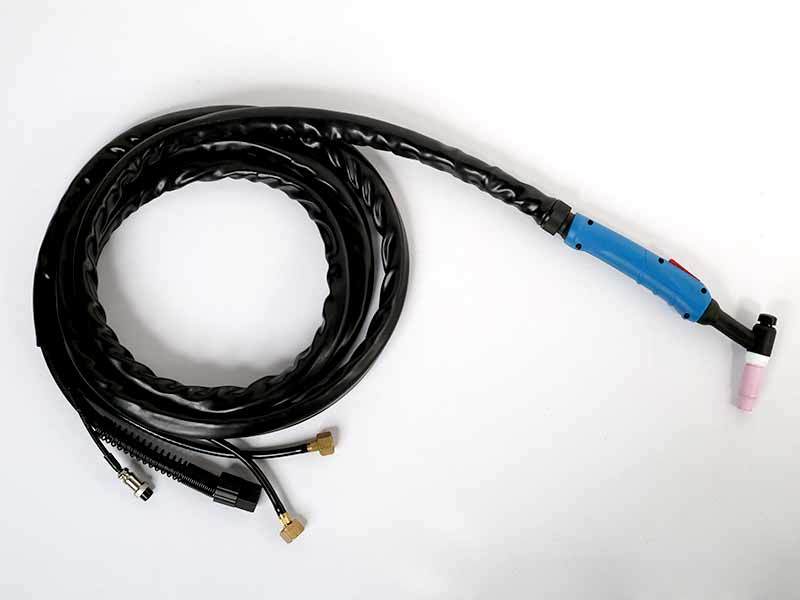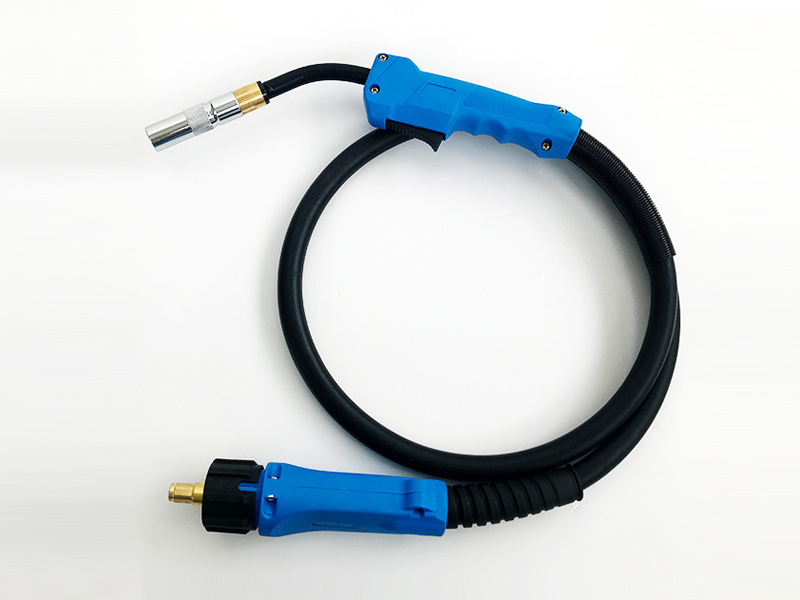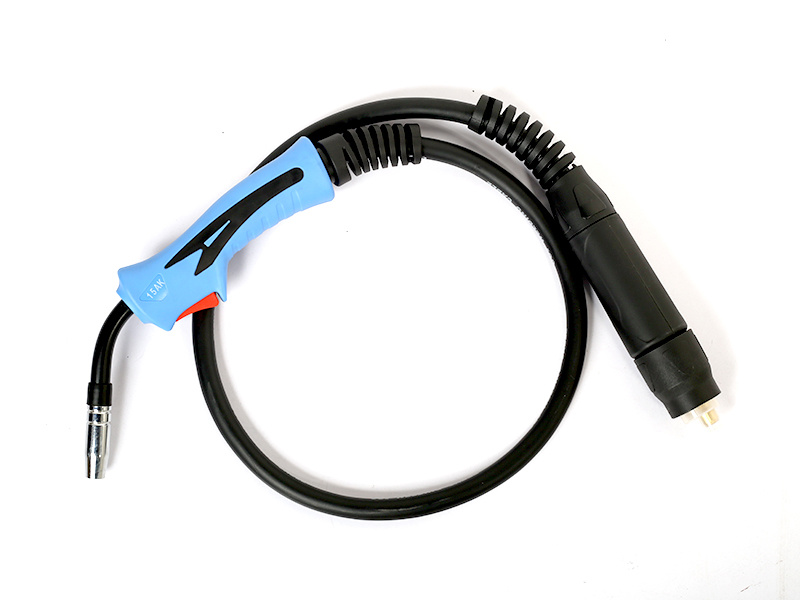language
A Day in the Life of a Welder: The Importance of a Reliable TIG Welding Torch
Sep 04,2025
A Day in the Life of a Welder: The Importance of a Reliable TIG Welding Torch
Table of Contents
Introduction to TIG Welding
Understanding the Role of a Welder
The Essential Tools of the Trade
The TIG Welding Torch Explained
How to Choose the Right TIG Welding Torch
The Daily Routine of a Welder
Safety First in Welding
The Impact of a Reliable TIG Torch on Work Quality
Conclusion
A Day in the Life of a Welder: The Importance of a Reliable TIG Welding Torch
Table of Contents
- Introduction to TIG Welding
- Understanding the Role of a Welder
- The Essential Tools of the Trade
- The TIG Welding Torch Explained
- How to Choose the Right TIG Welding Torch
- The Daily Routine of a Welder
- Safety First in Welding
- The Impact of a Reliable TIG Torch on Work Quality
- Conclusion: The Value of Dependable Tools
- FAQs About TIG Welding
Introduction to TIG Welding
Tungsten Inert Gas (TIG) welding stands out in the welding industry due to its ability to produce high-quality welds. This process utilizes a non-consumable tungsten electrode to produce the weld. An inert gas, typically argon, shields the weld area from contamination, ensuring a clean and precise finish. Understanding TIG welding is crucial for anyone aspiring to enter the welding profession.
Understanding the Role of a Welder
Welders play a vital role in various industries, from automotive to construction. Their primary responsibility is to join materials, often metals, through heating processes. A skilled welder must possess not only technical knowledge of welding techniques but also an understanding of blueprints and safety regulations. In many cases, the quality of their work directly impacts the safety and integrity of the final product.
The Essential Tools of the Trade
In addition to their expertise, welders rely on a variety of tools to perform their jobs effectively. Key tools include:
- **Welding helmets**: Protecting the welder's eyes and face from bright arcs and harmful UV rays.
- **Protective clothing**: Fire-resistant garments that shield against sparks and heat.
- **Welding gloves**: Specialized gloves designed to provide dexterity while protecting the hands.
- **Clamps and fixtures**: These tools hold materials in place, ensuring precision during the welding process.
However, perhaps the most critical tool is the TIG welding torch, which significantly influences the quality and ease of the welding process.
The TIG Welding Torch Explained
A TIG welding torch is a sophisticated tool that allows welders to control the welding process with precision. It comprises several parts, including the:
- **Tungsten electrode**: The heart of the torch, which generates the arc.
- **Gas nozzle**: This part directs the inert gas to shield the weld area.
- **Collet and collet body**: These components hold the tungsten electrode in place.
- **Trigger**: Controls the flow of gas and the current supplied to the electrode.
Understanding how each part functions enhances a welder's ability to make adjustments and solve problems on the job.
How to Choose the Right TIG Welding Torch
Selecting the appropriate TIG welding torch is crucial for achieving optimal results. Here are some tips to guide your choice:
- **Type of welding project**: Consider the materials and thickness you will be working with. Different torches are designed for varying applications.
- **Torch size**: Ensure the torch is comfortable to hold for extended periods. A lightweight torch can reduce fatigue.
- **Cooling method**: There are air-cooled and water-cooled torches. For heavy-duty projects, water-cooled torches often perform better due to their ability to manage heat effectively.
Choosing the right torch contributes significantly to a welder's efficiency and the quality of the welds produced.
The Daily Routine of a Welder
A typical day for a welder can be both demanding and rewarding. Here’s a breakdown of what a welder’s day might look like:
1. **Preparation**: Before starting, welders review project specifications, ensuring they understand the requirements.
2. **Setting Up Equipment**: This includes checking the TIG welding torch and ensuring all safety equipment is in place.
3. **Welding Process**: The welder begins the welding process, carefully controlling the torch and making adjustments as necessary.
4. **Quality Checks**: After completing welds, the welder inspects their work to ensure it meets required standards.
5. **Cleanup**: At the end of the day, welders clean their tools and work areas, maintaining a safe and organized workspace.
This routine emphasizes the importance of both skill and the reliability of tools, particularly the TIG welding torch.
Safety First in Welding
Safety is paramount in welding. Welders must adhere to strict safety guidelines to protect themselves from hazards such as:
- **Fumes and gases**: Proper ventilation and respiratory protection are essential to avoid inhaling harmful substances.
- **Burns**: Wearing appropriate protective gear minimizes the risk of burns from sparks and molten metal.
- **Electrical hazards**: Ensuring tools are in good condition and using proper grounding techniques can prevent electrical shocks.
A reliable TIG welding torch, equipped with safety features, contributes to a safer working environment.
The Impact of a Reliable TIG Torch on Work Quality
A dependable TIG welding torch can significantly affect the quality of welds. Key aspects include:
- **Consistency**: A reliable torch allows for consistent heat application, resulting in uniform welds.
- **Control**: The ability to finely control the arc helps in tackling intricate projects, leading to professional results.
- **Durability**: Quality torches withstand the rigors of daily use, providing longevity and reducing the need for frequent replacements.
Investing in a reliable TIG welding torch is not just about performance—it reflects a commitment to quality craftsmanship.
Conclusion: The Value of Dependable Tools
In the world of welding, a day in the life of a welder is characterized by skill, precision, and the use of reliable tools, especially the TIG welding torch. This essential tool not only enhances the quality of work but also plays a critical role in the safety and efficiency of the welding process. By understanding the importance of a dependable TIG torch, welders can elevate their craft and ensure that every project meets the highest standards.
FAQs About TIG Welding
1. What is TIG welding best used for?
TIG welding is ideal for thin materials and applications requiring precision, such as aerospace, automotive, and artistic projects.
2. How does a TIG welding torch differ from other welding torches?
A TIG welding torch uses a non-consumable tungsten electrode and requires an inert gas for shielding, making it different from MIG or stick welding torches.
3. Can anyone learn TIG welding?
Yes, with proper training and practice, anyone can learn TIG welding. It requires attention to detail and patience.
4. What safety measures should I take while TIG welding?
Always wear protective gear, ensure proper ventilation, and regularly check equipment for safety compliance.
5. How often should I replace my TIG welding torch parts?
It depends on usage; however, frequent inspections and timely replacements of worn parts is essential for optimal performance.
By focusing on these elements, welders can enhance their skills and deliver high-quality work consistently, solidifying their reputation in the industry.
Add
Xing village, lvgongbao town, renqiu city, hebei province, china









